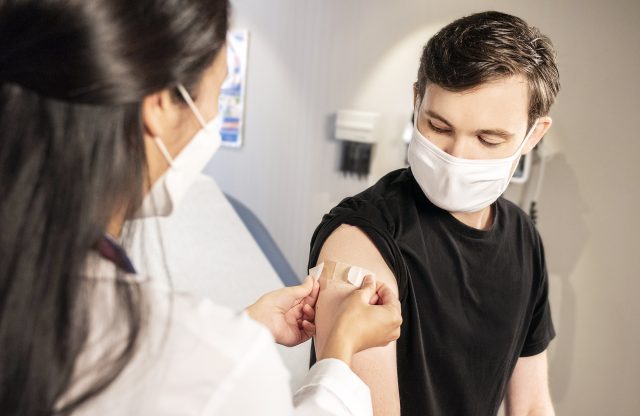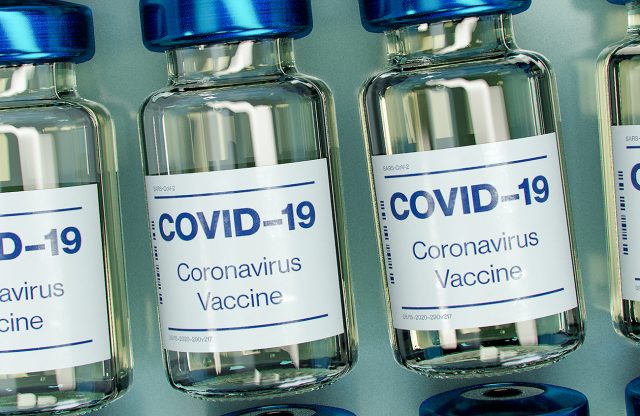Dr Robert Hess: Any decision on whether to receive a booster jab

Dr Robert Hess – 08/17/2021
Dr Robert Hess: Any decision on whether to receive a booster jab (and which one to choose) or to wait for a next-generation vaccine should be based on the following criteria.
1 – Which is preferable – a booster jab or a next-generation vaccine? This depends on a number of factors, primarily which next-generation vaccine becomes available and when. It should be noted that the latest vaccine under development at BioNTech has been formulated exclusively to counter the threat of the Delta variant. We therefore need to carefully monitor how the virus continues to mutate, because the successor to Delta is already on the way. It may even turn out that, by the time the next-generation vaccine is ready for rollout, the current Delta variant is no longer relevant. At this point in time, BioNTech is the only manufacturer to have not only developed a next-generation vaccine but also to have produced an initial batch. However, it has not yet received official approval. Whether and when this is granted by the FDA will not be based on medical criteria, but on political considerations, namely how to persuade the public to receive the 700 million or so doses of the current vaccine if it became common knowledge that the BioNTech next-generation vaccine had already been approved.
2 – When is the moment to act? Before any action is taken, the individual status of each client has to be considered carefully. The three decisive criteria here are the most recent antibody count, the level of T-cell immunity and the general immune response. These reference values are then run through an algorithm by our AI system to determine the optimal timing of any further vaccination. The decisive factor is, of course, the general immune response and whether it is strong enough and operates with pinpoint accuracy in the event of an infection. This is precisely the purpose of our ongoing monitoring. And it is a good reason to keep taking the recommended supplements very regularly, even into the autumn.
3 – What would a sensible vaccination strategy look like? All three of the above criteria should be considered. For example, if T-cell immunity is weak and the first vaccination was with an mRNA-based vaccine, it would make sense to adopt a mix-and-match approach and switch to one of the vector-based vaccines, because these are better at improving T-cell immunity. The problem for our clients in the USA is that the only vector-based vaccine currently approved there is the Johnson & Johnson, and unfortunately, we are not convinced by the version currently available.
4– What else needs to be considered in deciding on further vaccination? A further criterion in taking the next step is the natural limit on the number of doses the human body can cope with in a given period. The underlying problem is that every vaccine, especially those developed to combat SARS-CoV-2, overstimulates the immune response, thereby triggering autoimmune reactions. We are of the opinion that no-one should receive more than 2-3 doses per year of the vaccines so far developed. Assuming that the pandemic will continue for a very long time, it is important to consider exactly when to vaccinate and which vaccine to choose in order to derive the greatest possible benefit. This way, the risk can be avoided of vaccinating too many times in a limited period of time, thereby putting a strain on autoimmune capacity and prompting autoimmune diseases in the future. After a finite number of vaccinations in a set period of time, of course, the autoimmune capacity has increased to such an extent that, at some point, the benefit has to be weighed against the cost. In other words, the harm done is greater than the risk of damage from Long Covid. That is why we have to be cautious about the number of vaccinations we subject ourselves to within a certain period of time.
5 – What are the potential advantages of a booster jab? If your next vaccination is to be a booster jab rather than a next-generation vaccine, then it must be taken into account that the current vaccines from Moderna and BioNTech are both approximately 30‑35% effective in preventing infection by the Delta variant, i.e. a relatively low rate of efficacy. On the other hand, our internal research and our contacts with BioNTech suggest that a third dose of their vaccine boosts antibody levels by a factor of four. In these circumstances, even a 30% success rate is a strong argument in favor.
Over the next few weeks, we will be checking these criteria as they apply to each of our Premium clients, using all available data. At the same time, we will set our A.I. system to calculate the optimum choice and timing on an individual basis. We will then contact you directly. If you have any questions in the meantime, please contact your consultant.

